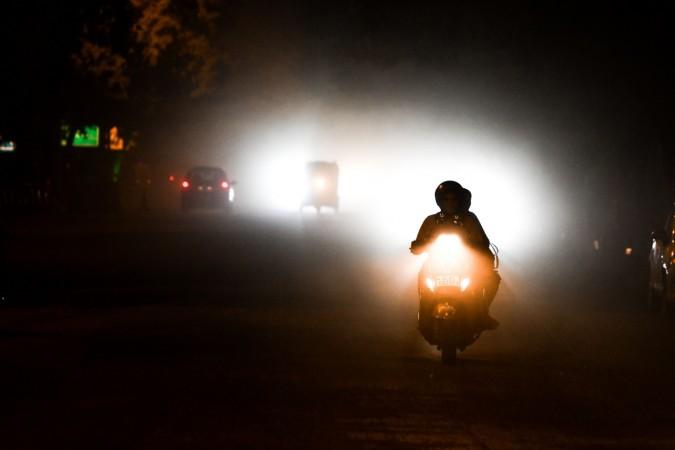Although clear blue skies and an absence of visible smog seen during the first Covid-19 lockdown in India gave people much relief, a new study claims that air pollutants did not decrease as thought, rather ozone levels increased, which could lead to potential health issues.
According to observational data, the first national lockdown from March 24 to April 24 last year due to Covid-19, drastically cut down emissions as vehicles and constructions were halted.

But the study by researchers at York University in Canada claimed that as the air looked much cleaner, it allowed more sunshine to get through, creating conditions for ozone (03) to increase up to 30 per cent.
Air pollution results from a complex mix of interactions between emissions, meteorology, such as wind direction and rain, as well as chemistry, but looking only at observational data as many recent studies have done without taking meteorology into account, skews the numbers, the researchers stated.
"To accurately quantify the impact of the Covid-19 lockdown on air pollutant levels, meteorology and atmospheric chemistry needs to be considered in addition to emissions," said Leigh Crilley, postdoctoral researcher at York University.
"Our research shows the decline in local emissions had less influence on the decrease in air pollutants than first thought," Crilley added.
When only taking observational data into account, nitrogen oxides (NOx), fine particulate matter (PM2.5) fell by up to 57 per cent and 75 per cent respectively, but when meteorology was factored in, those percentages fell to less than eight per cent for PM2.5 and between five and 30 per cent in both Delhi and Hyderabad, while 03 increased.

Other sources contributing to air pollution
Further, the study published in the journal Environmental Science: Processes & Impacts, revealed that local sources of emissions, such as vehicles and the burning of fuels, had less influence on air pollution levels than regional emissions sources, while weather events and atmospheric chemical processes contributed independently to air pollutant levels.
"We demonstrate that regional sources, such as rural and agriculturally based emissions, that may have been less affected by the lockdown, have a significant influence on PM2.5 levels in Delhi and Hyderabad after weather-normalisation. This indicates that future PM2.5 mitigation strategies should focus on national-scale, as well as local sources," said Cora Young, Associate Professor at the varsity.
"Overall, this study highlights the impact of emissions, meteorology and chemistry on air pollution and that all three should be considered when assessing the effects of any short-term intervention on air pollutants," Young added.
In addition, the research team found that ozone production in Delhi is likely volatile organic compounds (VOC) limited and, as such, attempts to mitigate it should focus on dominant VOC sources. Common examples of VOCs that may be present in our daily lives are: benzene (used in plastics, resins, and nylon), formaldehyde (furniture and cosmetics), among others.
The researchers said this really points to the need regulators to understand the complex factors involved in air pollution if they are going to make policies to reduce pollutants and ozone.

















